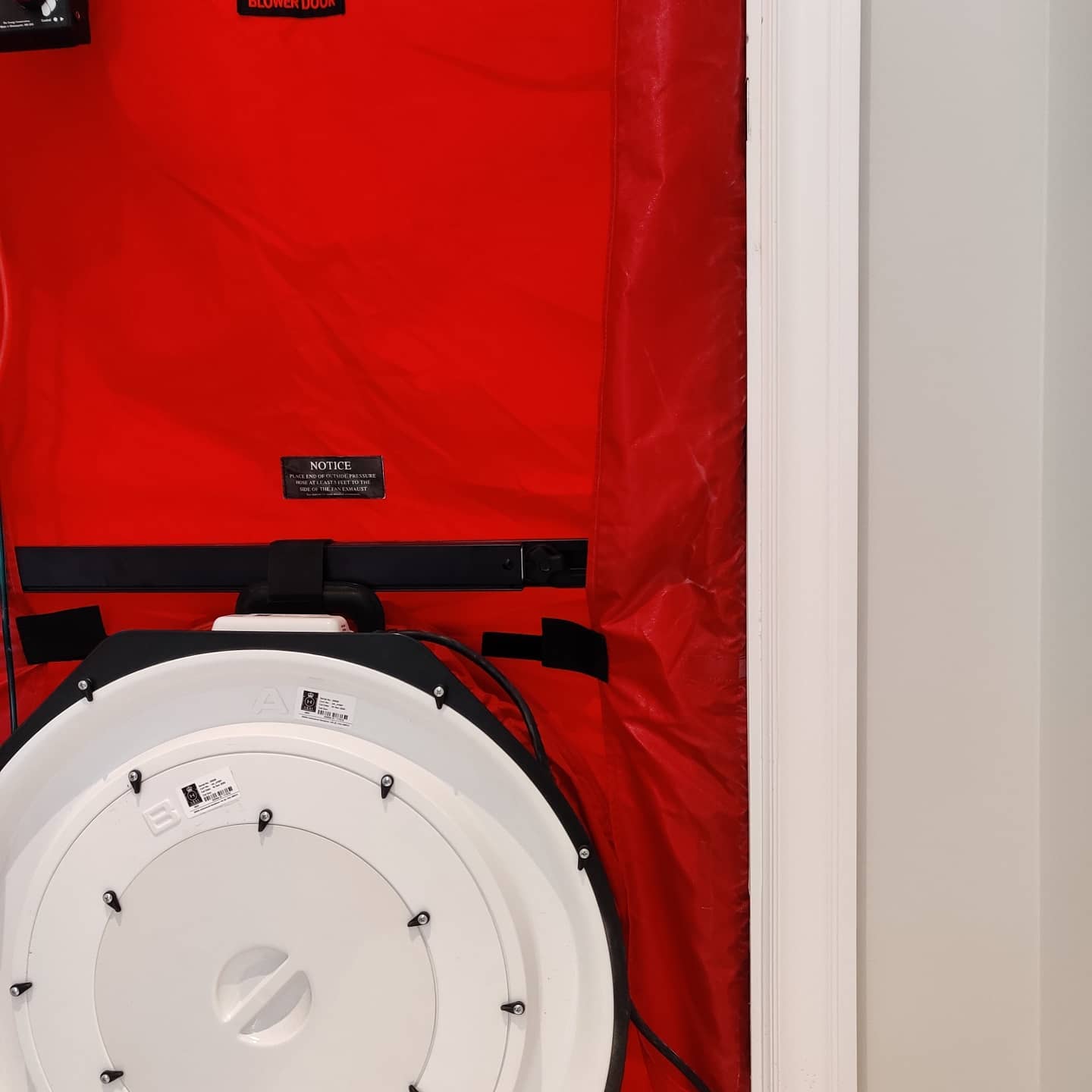
Domestic Energy Assessment
Building Compliance Testing Limited can provide you with a fast and cost effective Domestic Energy Assessments across London, Home Counties and East Anglia.
 Domestic Energy Assessments
Domestic Energy Assessments
A domestic energy assessment, also known as a home energy assessment or home energy audit, is a comprehensive evaluation of a residential property’s energy efficiency and consumption. The primary goal of such an assessment is to identify areas where energy is being wasted and to recommend measures for improving the home’s energy efficiency. This can lead to reduced energy consumption, lower utility bills, and a reduced environmental impact.
Key Components of a Domestic Energy Assessment
Inspection of the Building Envelope:
The assessment begins with a meticulous inspection of the home’s building envelope, encompassing walls, windows, doors, roofs, and insulation. This step identifies issues related to insulation, air leaks, or drafts that can impact energy efficiency.
Appliance and Equipment Evaluation:
The energy efficiency of appliances and systems in the home, such as HVAC (Heating, Ventilation, and Air Conditioning) systems, water heaters, and lighting, is closely examined. Recommendations may be provided to upgrade to more energy-efficient appliances or lighting fixtures.
Utility Bill Analysis:
Energy assessors review the homeowner’s utility bills to gain insights into energy consumption patterns and costs. This analysis helps in understanding the historical energy usage of the home.
Blower Door Test:
Similar to the method used in air pressure testing for buildings, a blower door test is conducted to measure the home’s airtightness. This test identifies areas of air leakage, helping assessors pinpoint locations where energy is escaping.
Thermal Imaging:
Thermal imaging cameras may be employed to identify temperature variations and locate areas of heat loss or air infiltration within the building envelope. This technology assists in visualizing energy inefficiencies.
Energy Performance Rating:
Some assessments provide an energy performance rating or score, such as the Home Energy Score in the United States. This rating helps homeowners understand how their home’s energy efficiency compares to similar homes in the area.
Recommendations:
Following the assessment, homeowners receive a detailed report containing recommendations for energy-saving improvements. These recommendations may encompass insulation upgrades, air sealing, HVAC system maintenance, or replacements, and more.
Improvement Option Evaluation:
The report not only identifies issues but also evaluates various improvement options. Assessors provide insights into the potential benefits, costs, and expected energy savings for each recommended improvement, helping homeowners make informed decisions.
Energy Performance Certificates:
An essential outcome of a domestic energy assessment is the issuance of an energy performance certificate. This certificate details the home’s energy efficiency rating and provides a clear overview of the property’s energy performance. It’s often required when selling or renting a property.
Conclusion
Domestic energy assessments are invaluable tools for homeowners seeking to reduce energy bills, enhance home comfort, and decrease their environmental impact. By identifying and addressing energy inefficiencies and offering recommendations and improvement option evaluations, homeowners can take significant steps towards creating more sustainable and cost-effective living environments. Additionally, energy performance certificates help ensure transparency and compliance with energy efficiency standards when entering the real estate market.
Learn more about Energy Performance Certificates by clicking here.
For more information on making your home more energy efficient and retrofit services, visit our sister company’s website, Building Energy Efficient Homes, by clicking here.
 Have a project in mind?
Have a project in mind?
Let’s get to work.
 Building Compliance Testing empowers the built environment sector to deliver projects that go beyond environmental planning and building regulation compliance.
Building Compliance Testing empowers the built environment sector to deliver projects that go beyond environmental planning and building regulation compliance.
From concept to completion, we provide all your compliance needs under one roof.
Build. Comply.
Sitemap
Careers
Privacy Policy
Terms and Conditions
 Contact Us
Contact Us
Office Address
26 Wantz Road, Maldon Essex CM9 5DE
Call Us 24/7
01621 493594
Email Us
contact@buildingcompliancetesting.com
Follow Us
@build_comply
